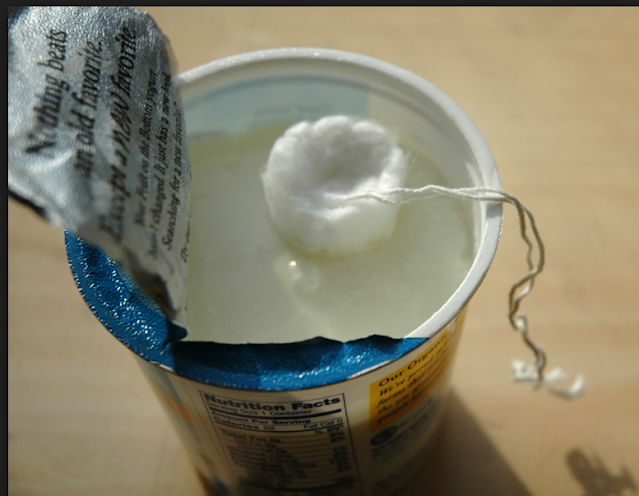Vaginal Yeast Infection
What Is It? Vaginal yeast infections, also called "Candida vaginal infections," typically are caused by the Candida albicans fungus. During a lifetime, 75% of all women are likely to have at least one vaginal Candida infection, and up to 45% have two or more. Women tend to be more likely to get vaginal yeast infections if their bodies are under stress from poor diet, lack of sleep, illness, or when they are pregnant or taking antibiotics. Women with immune-suppressing diseases such as diabetes and HIV infection also are at increased risk. Symptoms The symptoms of a vaginal yeast infection include: Vaginal itch or soreness Thick, white, cheese-like discharge "Burning" discomfort around the vaginal opening, especially if urine touches the area Pain or discomfort during sexual intercourse. Diagnosis Your doctor will suspect an infection based on your symptoms. Your doctor will do a pelvic examination to look for inflammation and a white di...


